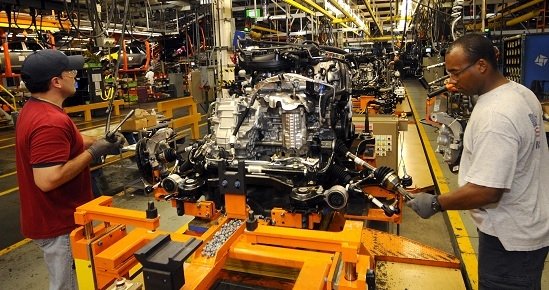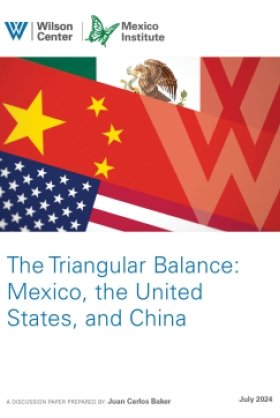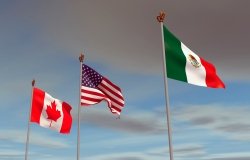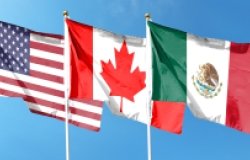Why Mess with the U.S. Auto Industry's Success?
Duncan Wood writes about NAFTA anxiety and the U.S. auto industry.

Since the economic crisis of 2008-2009, the U.S. auto industry has been on a tear. Despite the claims of the Trump administration, there are 1 million more cars per year built in the United States now than in 1993. The United States has never before seen such extraordinary automotive production, and the industry has not been this competitive against foreign imports since the 1960s. Between 2009 and 2016, more than 276,000 automotive jobs have been added in the United States (a jump of 41.6% percent), jobs with generous salaries and benefits. Auto-parts producers have also benefited as service providers, as vehicle sales have risen to record levels.
What made this transformation possible? In part it was due to changes demanded by the government in exchange for bailing out the industry, and in part to the opportunity seized by the industry to modernize practices that had held back its competitiveness. But a major factor in the automotive renaissance in America has been the role played by the integrated production system incorporating suppliers and plants in Mexico and Canada, and across the world.
The North American Free Trade Agreement currently requires that 62.5 percent of the value of a car sold in the three markets must have originated in the region for it to qualify for tariff-free entry. This means that critical components such as body work, steering columns, and engines are fabricated in different parts of the NAFTA region, the final vehicle is assembled in any one of those countries, and so long as 62.5 percent of the value originated in the region, it can be sold as a NAFTA car. This spurs cross-industry efficiencies and synergies, and it helps form long-term productive relationships. Workers in all three countries depend on the productivity of their counterparts in other parts of the regional supply chain to preserve their jobs. The remaining 37.5 percent of content that comes from outside the region allows companies to lower their costs and to price their vehicles more competitively. This means that consumers in all three countries benefit from cheaper, higher quality vehicles than would otherwise be possible.
About the Author

Duncan Wood

Mexico Institute
The Mexico Institute seeks to improve understanding, communication, and cooperation between Mexico and the United States by promoting original research, encouraging public discussion, and proposing policy options for enhancing the bilateral relationship. A binational Advisory Board, chaired by Luis Téllez and Earl Anthony Wayne, oversees the work of the Mexico Institute. Read more










